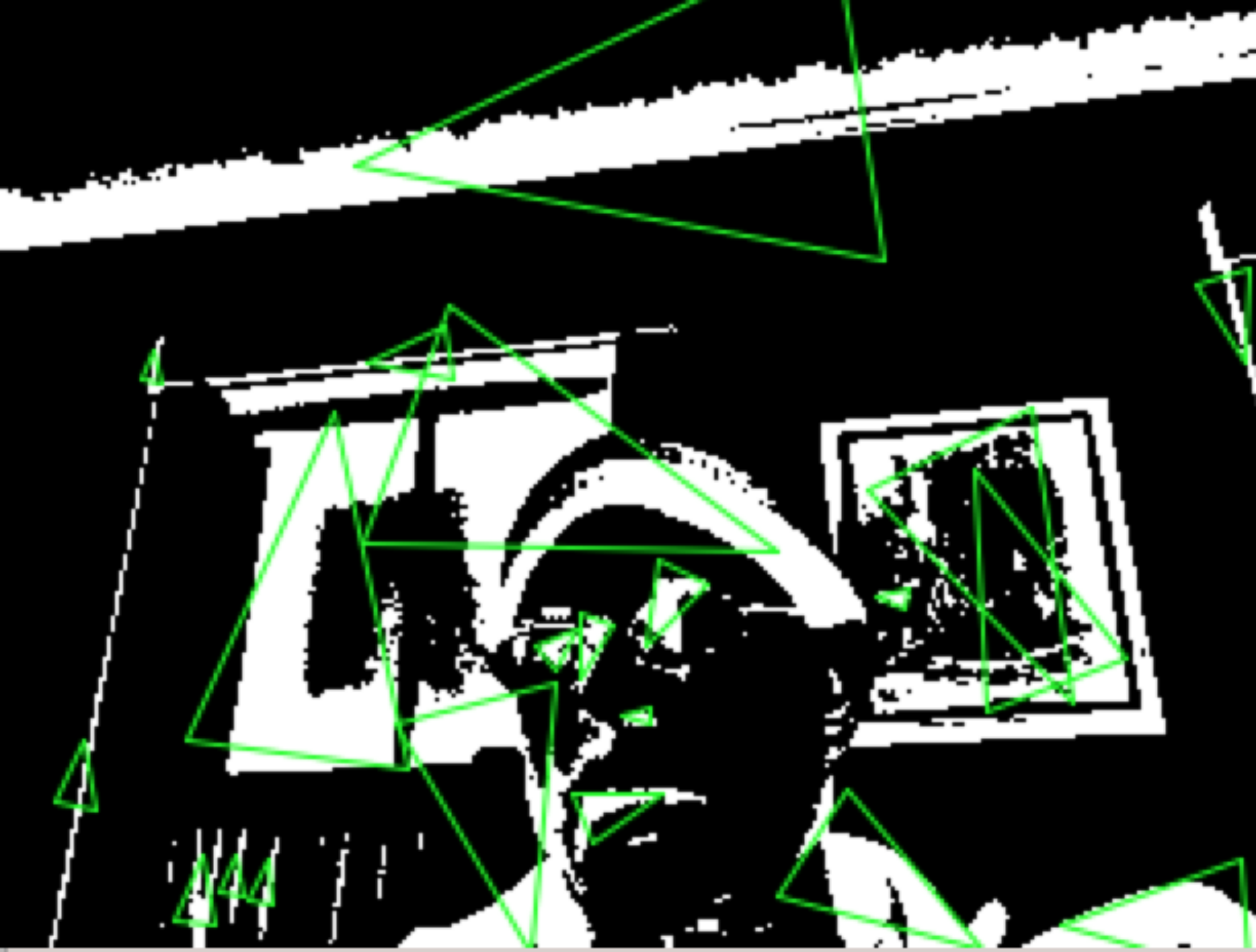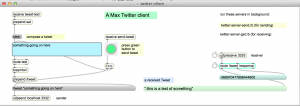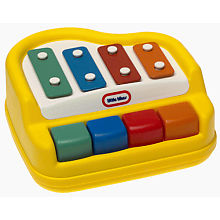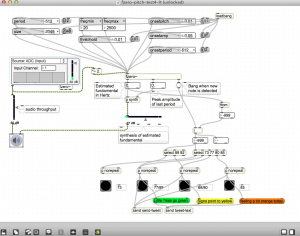The Future
- Living In the moment, the past, and the future.
- Benjamin Zander: “Your future self”
- Evolution of music.
DSP
- analyze
- measure
- transform
examples
Note: some of the projects are in project examples below
- Adam Rokhsar’s video frame subtraction
- Little Tikes piano controller
Conversation with robots
https://reactivemusic.net/?p=4710
Twitter Streaming Radio
https://reactivemusic.net/?p=5786
Plink by Dinahmoe
http://labs.dinahmoe.com/plink/#
Infinite Jukebox by Paul Lamere
http://labs.echonest.com/Uploader/index.html
Max/MSP Echonest player
https://reactivemusic.net/?p=6296
The sound of a new machine
https://reactivemusic.net/?p=5945
“Designing Sound” by Andy Farnell.
- Max examples: Helicopter, TOS transporter,
- SynthCar, Jet Engine, Granular Timestretch.
Little Tikes Piano controller
https://reactivemusic.net/?p=6993
Mira by Sam Tarakajian
Ableton Live Template Remixer (with dummy clips)
https://reactivemusic.net/?p=2658
Assignment
Go to the future. Make music. Bring it back to the present.
It should be a very short piece or an excerpt. Less than two minutes. It can be a remix of a song that you believe represents a future direction in music. Near future or distant future – your choice. Use any tools to create the music. The result: an audio file (mp3) or a link to audio or video on the Internet – like Soundcloud or Youtube.
Due: before the 9/23 class. Send an email attachment or link.





